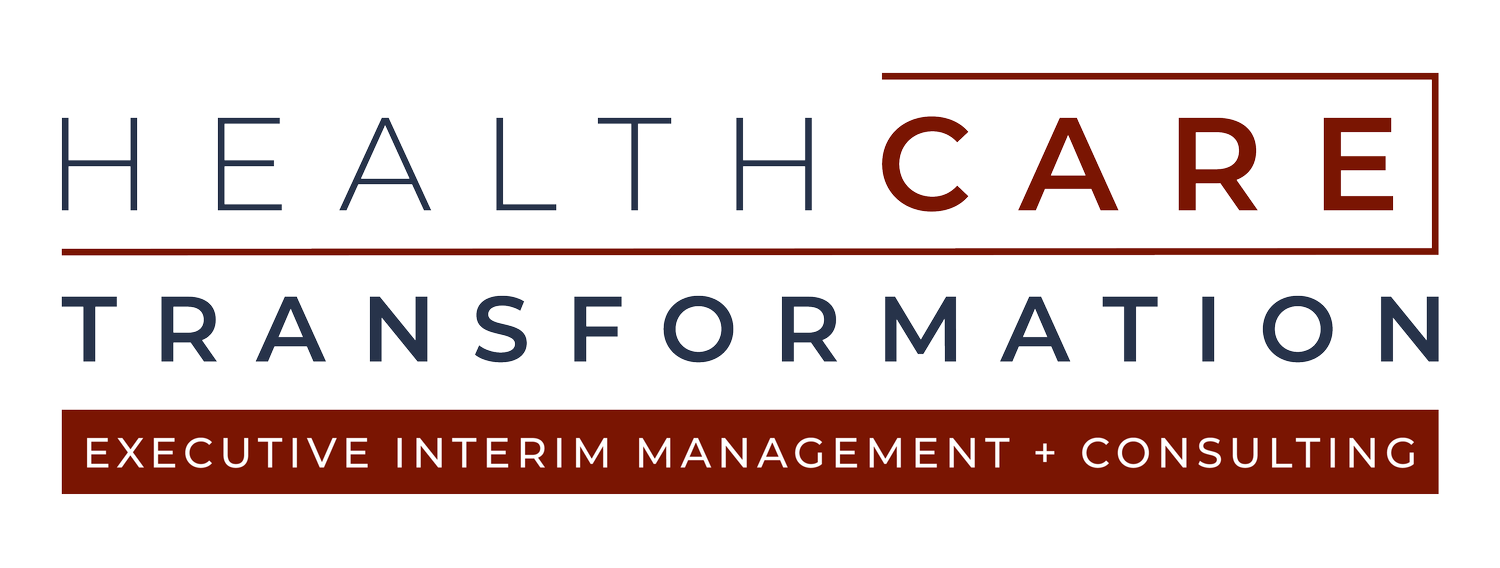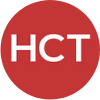How Strategic Healthcare Staff Training Improves Care Teams
In an industry as high-stakes as healthcare, standing still is not an option. Advancements in technology, shifting care delivery models and evolving regulatory demands are creating persistent knowledge and skills gaps across healthcare systems. Clinical staff, administrative professionals and even seasoned leaders are finding it increasingly difficult to keep pace with change.
But where there’s challenge, there’s also opportunity. Strategic talent development doesn’t just put a band-aid on these healthcare hurdles. It builds a resilient, future-ready healthcare workforce. From clinical staff development to healthcare leadership development, investment in people is the most sustainable way to improve patient care, reduce burnout and ensure operational excellence.
This article explores the importance of healthcare talent management, what effective development looks like and how to implement a lasting strategy.
Why Healthcare Faces Growing Knowledge Gaps
Healthcare workers are facing increasing demands with fewer resources. Staff shortages, an aging population with complex health needs and an influx of new technology are changing the expectations placed on healthcare professionals.
These pressures don’t just affect frontline care. Gaps in knowledge and capability exist across clinical, operational and leadership roles. From medical staff development to IT literacy among administrators, the learning curve is steep and continuous.
Compounding this issue is the rapid shift toward value-based care, where success is measured not just by services provided, but by patient outcomes. This model requires staff to develop new competencies in data literacy, population health and interdisciplinary collaboration — areas not traditionally emphasized in many healthcare roles.
According to a 2023 report by the Association of American Medical Colleges, the U.S. could see a shortage of up to 124,000 physicians by 2034. Meanwhile, nurses and allied health professionals are leaving the workforce in droves, often citing burnout and lack of growth opportunities as reasons for the career change.
When knowledge gaps grow unchecked, the results can be severe: reduced care quality, increased medical errors, staff disengagement and ultimately, compromised patient safety. Healthcare training programs and workforce training in healthcare must evolve to meet these challenges.
What Talent Development Looks Like in Practice
Healthcare employee growth doesn’t happen by accident. It takes structure and investment. Below are examples of talent development initiatives.
Mentorship Programs
Pairing junior staff with experienced team members can accelerate learning, promote career advancement and foster a collaborative culture. Mentorship supports clinical skill-building and leadership development, helping newer employees navigate their roles with greater confidence. It also provides a structured way to pass down institutional knowledge, which is critical as experienced workers retire.
Continuing Education Credits
Access to ongoing education, certification and Continuing Medical Education (CME) credits ensures that clinical staff stay updated on the latest research, treatments and protocols. It also demonstrates the organization's commitment to professional development. This type of ongoing education is vital for maintaining licensure and professional standards, especially in specialized fields with frequent medical advancements.
Cross-Training
Encouraging staff to learn functions outside their immediate roles improves flexibility and team resilience. Cross-training also helps alleviate pressure during staffing shortages and supports smoother coverage during vacations or unexpected absences. It promotes an overall more collaborative workforce.
Tuition Reimbursement
Helping employees pursue advanced degrees or certifications shows that organizations value long-term growth. Tuition reimbursement programs are a powerful incentive for retaining top talent and building internal leadership pipelines. They can also be a deciding factor for job seekers evaluating multiple offers. These programs support medical staff development in a way that aligns employee ambitions with organizational goals.
Leadership Development Programs
Developing strong leaders within the organization prepares it for long-term success. Structured programs focused on decision-making, team management and strategic thinking can prepare staff for future leadership roles.
Simulation-Based Learning
Using realistic clinical scenarios to train staff in a low-risk environment enhances both competence and confidence. Simulation training is especially effective for clinical staff development and emergency preparedness. This hands-on approach allows teams to refine procedures, test response protocols and build trust under pressure.
The Difference Between Talent Development and Training
Healthcare training programs are just the beginning. Training typically focuses on specific tasks or compliance needs. It’s episodic and often reactive.
Talent development, on the other hand, is proactive and ongoing. It supports holistic, long-term employee growth, encompassing soft skills, leadership potential and career advancement. Now more than ever, healthcare organizations need both.
Healthcare talent management strategies must balance immediate workforce readiness with the broader goal of cultivating high-performing, future-focused teams. Development ensures that individuals grow alongside the organization, rather than falling behind in the industry.
A key distinction is that training addresses the “what” and “how,” while development addresses the “why” and “what’s next.” This mindset shift is essential to keep pace as healthcare continually evolves.
Benefits of a Talent Development Strategy
A well-executed talent development approach doesn’t just benefit the individual. The entire organization transforms when development efforts lead the charge. Here are some of the most notable outcomes:
Reduced Burnout: Employees who feel supported and challenged are more likely to remain engaged and avoid emotional exhaustion.
Higher Retention Rates: Investing in healthcare employee growth builds loyalty and reduces turnover.
Improved Quality of Care: Closing knowledge gaps enhances clinical accuracy and patient outcomes.
Better Team Dynamics: Development fosters collaboration, curiosity and safety.
Leadership Readiness: Strong internal pipelines reduce the need for external hires and align with the organization’s mission.
Talent Attraction: A reputation for investing in development makes it easier to attract top-tier healthcare professionals.
How to Launch or Improve a Talent Development Program
Whether you’re starting from scratch or refining an existing initiative, these steps can guide your approach to workforce training in healthcare:
Assess Needs Holistically: Gather input from across departments to identify where skills gaps exist. Don’t limit assessments to clinical areas — administrative and leadership gaps matter, too.
Set Clear Objectives: Define what success looks like. Is the goal to reduce turnover? Improve patient outcomes? Increase leadership bench strength?
Build a Diverse Toolkit: Incorporate various learning methods like e-learning, shadowing, workshops and mentoring. Match the method to the audience.
Personalize Development Plans: One-size-fits-all rarely works. Let employees set individual goals and choose from relevant development opportunities.
Measure Progress: Use performance metrics, retention data and feedback loops to evaluate impact and make adjustments.
Communicate Often: Share success stories and program highlights to build momentum and foster engagement.
Allocate Dedicated Resources: Budget for development initiatives as part of overall strategic planning. Talent development requires time, tools and people to manage it.
Following the right steps can help guide your direction. While it's normal to hit roadblocks along the way, there are common mistakes you'll want to avoid:
Launching a program without leadership support.
Ignoring non-clinical development needs.
Failing to measure ROI or collect feedback.
Treating development as optional or extracurricular.
Assuming once is enough. Talent development is continuous.
The Importance of Culture and Leader Buy-In
No talent development strategy can succeed without cultural alignment. If learning is seen as a burden or an afterthought, even the best-designed program will fail to gain traction. Healthcare leadership development is especially important here. Leaders set the tone. When they prioritize learning, the rest of the organization follows suit.
Leaders must model the behaviors they wish to see. This means:
Participating in training themselves
Encouraging open dialogue about career goals
Recognizing and rewarding development efforts
Giving staff protected time and resources to grow
Bridge the Gap with Healthcare Talent Development
Talent development shapes the future of healthcare. By closing knowledge gaps, empowering growth and building internal leadership pipelines, organizations can weather inevitable disruption and deliver exceptional care. Healthcare's future hinges on how well we invest in our people today. And in a field where lives are on the line, there’s no greater return on investment.


